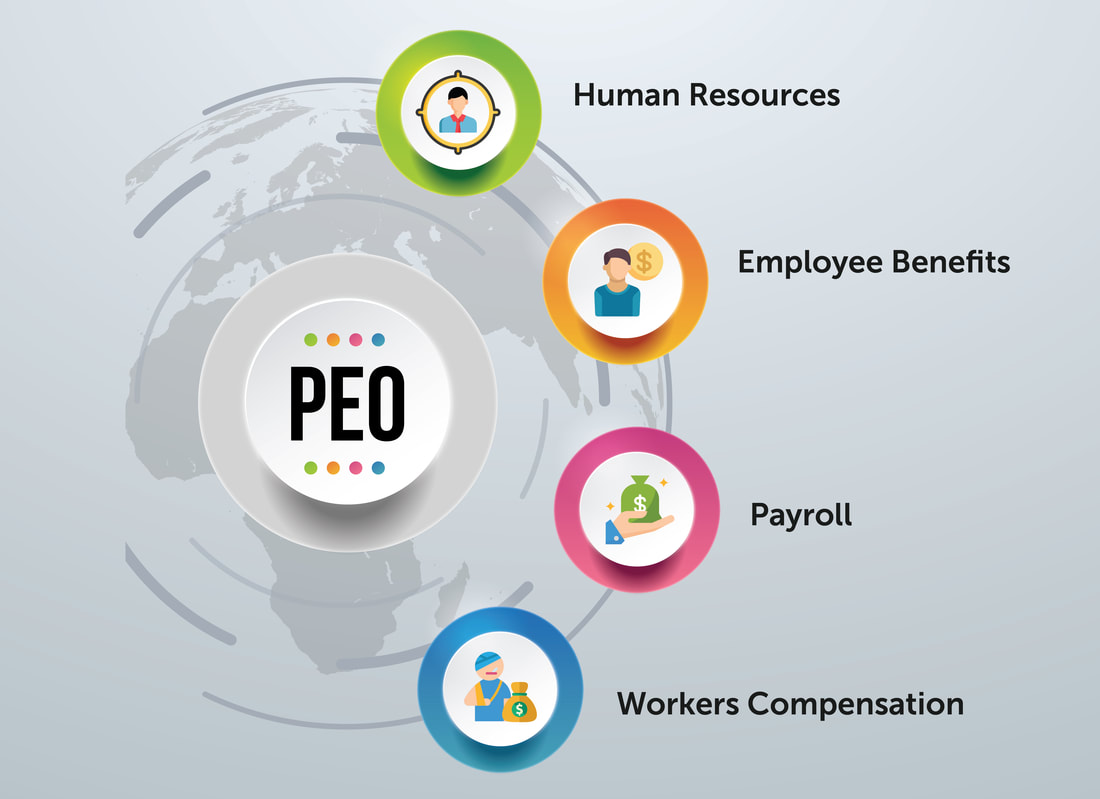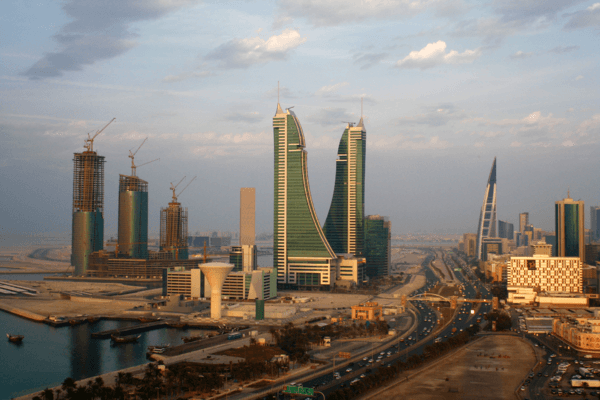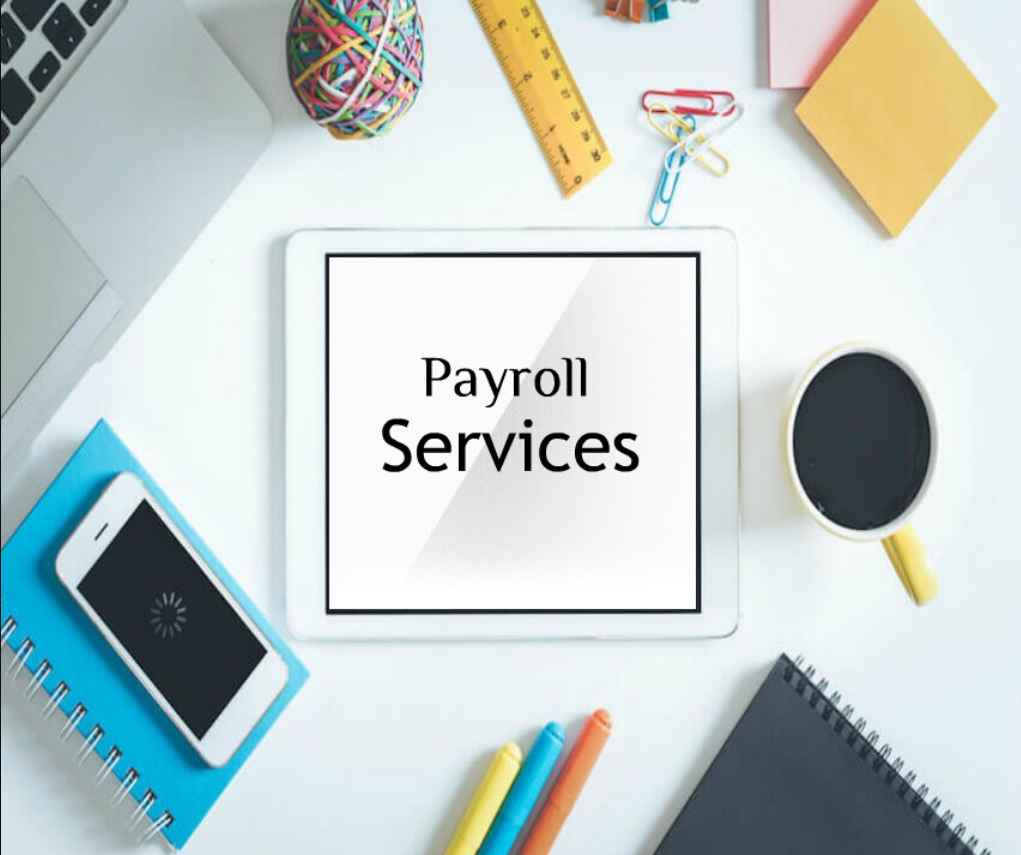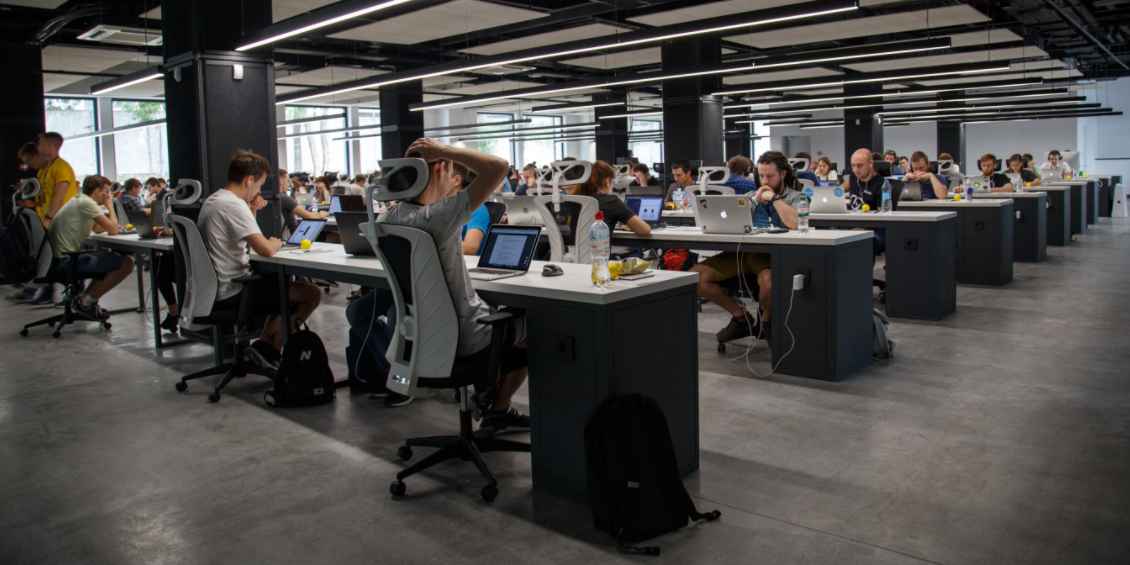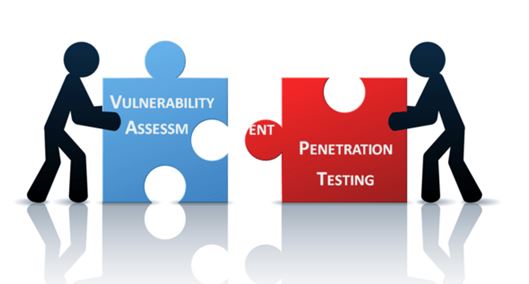Mitigating Human Capital Risks and Talent Mobility

Almost everything that can go wrong in a business has a human capital component. Most companies agree with this statement. Not all of them have managed to mitigate the human capital risk.
Despite the fact that companies are now heavily invested in the automation of technology, the workplace’s most valuable asset would still be its Human Capital. This is also the vulnerability of any business, and unless the variables are analysed and prepared for, consequences can be severe. This includes high financial costs and low employee morale.
In general terms, human capital is “a measure of the economic value of an employee’s skill set”. Anything that interferes with the health of that investment is a risk
While most human resource departments are aware of it, very few take ample measures to handle the risks. The first step is to identify and manage the risks to create a strong foundation in the human resources department of the company.
Understanding human capital risks
The quote from David Creelman regarding how almost everything that goes wrong in a business has a human capital component in it shows how careful one has to be. The importance of managing human capital risks should not be underestimated. More often than not, these risks are not looked at until something goes wrong.
Why not take a step back and look at the five critical areas from which human capital risks stern from?
Complacency
This has a lot to do with the mental makeup of the human resource. Complacency is created when the asset exhibits an excessive sense of confidence or inability to take advantage of a moment of insight. Making excuses for lack of performance and creating a false sense of reality are also culprits of the complacency that can hurt a business.
A good way to mitigate the risk of complacency is to create the kind of culture and atmosphere in the workplace that enables the embracing of risk management.
Occupational fraud
Financial statement frauds, asset misappropriation and corruption, are key causes for occupational fraud. The violation of trust hits the organisation in an almost irreparable manner. This risk hits external business relations as well.
A good way to mitigate the risk of occupational fraud is to bring in vigilant internal controls. Along with establishing a code of conduct in the business, it is vital to conduct a thorough screening process for both the employers as well as suppliers and third parties.
Negligent hiring
The screening process should also ensure a thorough background check. It removes the risk of placing untrustworthy and dangerous persons in the organisation.
A good way to mitigate the risk of negligent hiring is to conduct thorough background checks of the resources. Recommendations and references should be looked into seriously.
Optimise your human talent risk
The smart rising of an organisation lies in its ability to mitigate risks and ensure that the situation is handled in time. Examples of human capital risks include poor alignment of HR strategy and activities. Globalisation and offshoring is part of the process as well. Talent management and succession planning are considered to be a vital HR risk.
When it comes to skill gaps, bridging the gap between talent capabilities and business goals is an excellent plan to adopt. Sending resources abroad has a direct and significant impact on its performance and continuity. Underuse of the existing talent in the organisation can also hurt the morale of the organisation on the whole. Infact, the risk of excessive turnover can be reduced by initiating deployment and resources abroad. Exposure of skill and talent across borders brings in both experience and expertise, which encourages the employees to do better than ever. When the opportunities within the organisation are low, a good way to optimise the human talent risk is to expose the employees to new markets. Borders should not be seen as a deterrent but as a motivation.
Talent Mobility
Talent mobility is the latest strategy that businesses have learnt to apply in order to mitigate human capital risks. Talent mobility is about organisations understanding how to optimise their organisations for growth, productivity and success, while keeping employees engaged in their future. Talent mobility helps in businesses allows employees to effectively utilise the skills of the human resources in various ways.
This provides an employee to develop himself in both personal and professional capacity. What many organisations tend to miss out is the fact that when employees are enabled and empowered to showcase their skills to the outside world, it gives them a sense of purpose and mission to their otherwise mundane routine. Employees, while on a constant look out to take a more active role in their career development look at mobility as a bright new chapter in their lives.
Using competency model as a strategy, organisations define the skills and knowledge requirements for a specific role. They then rate the employee’s capability in a specific role by analysing this collection of behaviours and skills. This helps organisations identify roles outside of the organisation that these employees can identify with and deploy them accordingly.
Change how we think about risks
Change your approach to human resource strategy from the perspective of risk reduction, to the lens of risk optimisation.
Higher the risks, the higher the benefits. When the downside is minimised, the upsides are brought down as well. Risk optimisation is not about avoiding risks altogether, but striking a correct balance between putting the self in a position to take risks when the returns are worth it.
As emphasised before, almost anything that can go wrong comes with the human element. Do not avoid that element. Instead, learn to handle it well. The world is uncertain. Change is the only constant. With lack of predictability comes risks; but there are disciplines such as inventory management and talent mobility that help optimise and mitigate human capital risks.
Connect with us to know more about how to make the best of your human capital. They are after all the biggest investment in your organisation. The future rides on it.
Just ask yourself this one question: Is your company ready to manage human capital.













